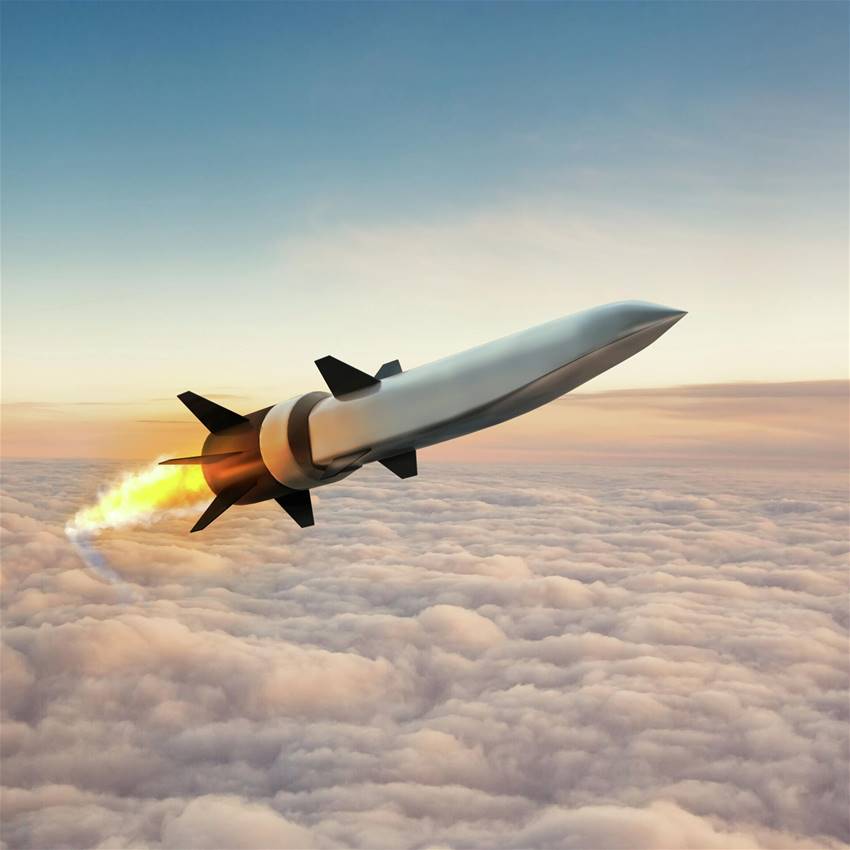
Russo-Ukrainian Conflict and the Future of Air Defense
Russian forces carried out an airstrike on Ukraine’s capital, Kyiv, on March 21, 2024. The operation was believed to have involved 31 total missiles, two of which are rumored to have possessed hypersonic capabilities. Ten civilian injuries were reported as a product of the strike. As countries continue to develop new missile technologies, it becomes crucial to re-evaluate the defense capabilities of existing missile defense architecture and ground systems.
Russia is currently the only country that claims to have deployed hypersonic weapons in combat. However, the United States, China, and Iran are all currently developing weapons with hypersonic capability. Missiles capable of hypersonic flight can travel at speeds greater than or equal to Mach 5 and are impervious to most existing ground-based air defense systems.
New Developments in Missile Technologies
The German Sibervogel designed in 1930 was the first weapon intended to achieve hypersonic flight. However, modern development of hypersonic weapons did not materialize until 2014 as a Russian countermeasure for potential nuclear threats. Since 2014, Russia is the only country to have deployed hypersonic weapons in combat, although countries like China and the United States have conducted successful tests with their XingKong-2 (星空二号) and AGM-183 ARRW, respectively.
Importance of Assessing Defense Capabilities
Russia’s use of hypersonic weapons in their conflict with Ukraine demonstrates the technology’s viability in combat. To prepare for future conflicts and establish general peace of mind, ground operators must evaluate the efficacy of current defense architectures against hypersonic threats.
Modern Tools for Unit Assessment
One potential method of assessing air and missile defense capabilities involves running simulation programs which can be adjusted to mirror the parameters of both a command center and incoming threats. Assuming stipulations can be set for factors like weather, drag, and wind resistance, simulations provide a simple, cost-effective way for ground operators to determine whether their stations are fit to counter hypersonic threats.
Advantages of Simulated Missile Scenarios
Cost: Utilizing simulation software eliminates the need for more expensive evaluation techniques like training exercises or tests.
Accuracy: Simulations can provide accurate results within a negligible margin of error depending on the extensiveness of a given program’s parameter controls.
Adjustability: Simulation software lets ground operators evaluate multiple different scenarios with different conditions.
To recap, the development of new weapons technologies calls for re-evaluation of existing air and ground defense architectures. Predominant solutions which address this issue involve using software programs to simulate missile scenarios. Implementation of these technologies could help save time, resources, and lives.




.png)
